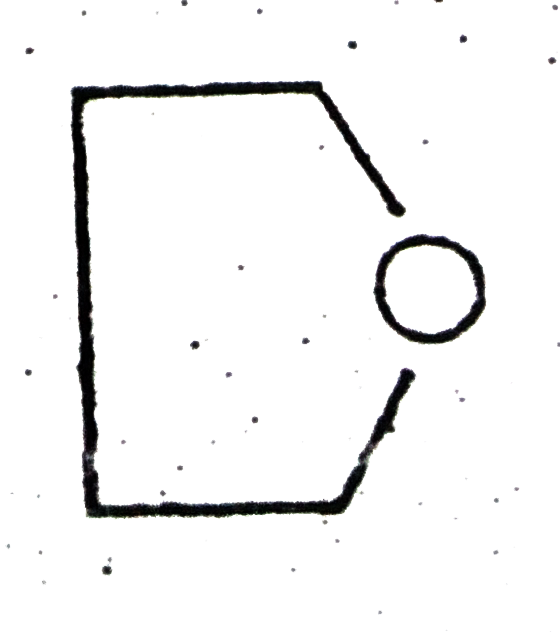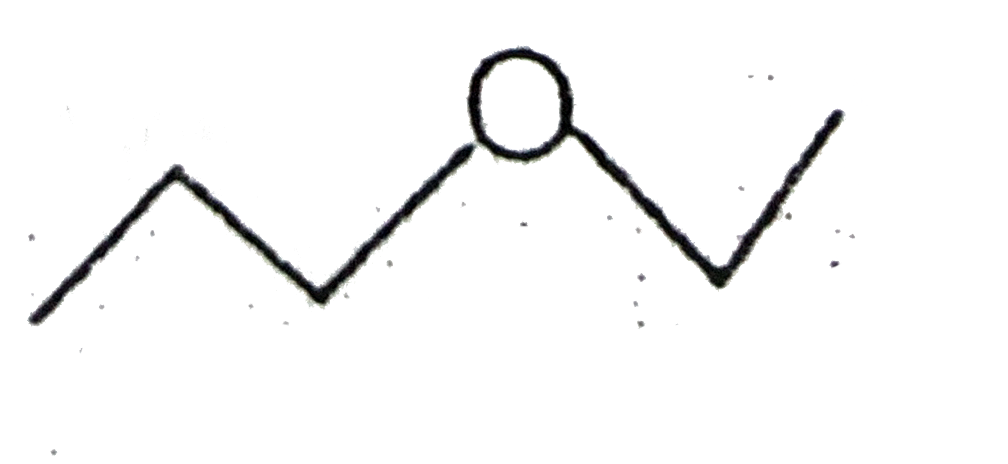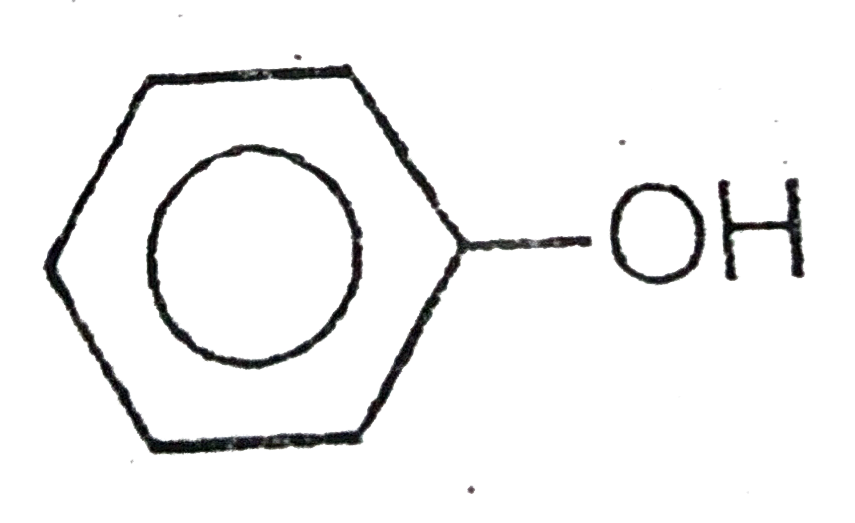Which one of the following behaves as Lewis base as well as Bronsted-Lowry base ?
Carbonium ion
Carbanion
Carbenium ion
All of these
The correct Answer is:B
To determine which of the given options behaves as both a Lewis base and a Bronsted-Lowry base, we need to analyze each option based on their definitions.
Step 1: Understand the Definitions
- Lewis Base: A Lewis base is defined as a species that is electron-rich and can donate a pair of electrons to another species.
- Bronsted-Lowry Base: A Bronsted-Lowry base is defined as a species that can accept a proton (H⁺).
Step 2: Analyze Each Option
1. Option A: Carbonium Ion (C⁺)
- Structure: R₃C⁺ (where R represents alkyl groups)
- Analysis: Carbonium ions have a positive charge, indicating electron deficiency. They cannot donate electrons, so they do not qualify as Lewis bases. They can accept protons, so they can be Bronsted-Lowry bases, but they do not meet both criteria.
2. Option B: Carbanion (C⁻)
- Structure: R₃C⁻
- Analysis: Carbanions are negatively charged and have a lone pair of electrons, making them electron-rich. They can donate this lone pair, qualifying them as Lewis bases. Additionally, they can accept a proton to form a neutral molecule (e.g., CH₄), qualifying them as Bronsted-Lowry bases. Thus, carbanions behave as both.
3. Option C: Carbenium Ion (C⁺)
- Structure: R₃C⁺ (similar to carbonium ion)
- Analysis: Carbenium ions are also positively charged and thus electron-deficient. They cannot donate electrons, so they do not qualify as Lewis bases. They can accept protons, making them Bronsted-Lowry bases, but again, they do not meet both criteria.
4. Option D: All of These
- Analysis: Since only the carbanion qualifies as both a Lewis base and a Bronsted-Lowry base, this option is incorrect.
Conclusion
Based on the analysis, the correct answer is Option B: Carbanion (C⁻), as it behaves as both a Lewis base and a Bronsted-Lowry base.
---
- Lewis Base: A Lewis base is defined as a species that is electron-rich and can donate a pair of electrons to another species.
- Bronsted-Lowry Base: A Bronsted-Lowry base is defined as a species that can accept a proton (H⁺).
1. Option A: Carbonium Ion (C⁺)
- Structure: R₃C⁺ (where R represents alkyl groups)
- Analysis: Carbonium ions have a positive charge, indicating electron deficiency. They cannot donate electrons, so they do not qualify as Lewis bases. They can accept protons, so they can be Bronsted-Lowry bases, but they do not meet both criteria.
- Structure: R₃C⁻
- Analysis: Carbanions are negatively charged and have a lone pair of electrons, making them electron-rich. They can donate this lone pair, qualifying them as Lewis bases. Additionally, they can accept a proton to form a neutral molecule (e.g., CH₄), qualifying them as Bronsted-Lowry bases. Thus, carbanions behave as both.
- Structure: R₃C⁺ (similar to carbonium ion)
- Analysis: Carbenium ions are also positively charged and thus electron-deficient. They cannot donate electrons, so they do not qualify as Lewis bases. They can accept protons, making them Bronsted-Lowry bases, but again, they do not meet both criteria.
- Analysis: Since only the carbanion qualifies as both a Lewis base and a Bronsted-Lowry base, this option is incorrect.
Based on the analysis, the correct answer is Option B: Carbanion (C⁻), as it behaves as both a Lewis base and a Bronsted-Lowry base.
Topper's Solved these Questions
- BOOK - PRADEEPCHAPTER - EQUILIBRIUMEXERCISE - Competition Focus (I. Multiple Choice Questions(with one correct Answer)) (III. Ionic product of water and pH)22videos
EQUILIBRIUM
- BOOK - PRADEEPCHAPTER - EQUILIBRIUMEXERCISE - Competition Focus (I. Multiple Choice Questions(with one correct Answer)) (IV. Salt hydrolysis)8videos
EQUILIBRIUM
- BOOK - PRADEEPCHAPTER - EQUILIBRIUMEXERCISE - Competition Focus (I. Multiple Choice Questions(with one correct Answer)) (I. Storng and weak electrolytes, ionic equilibrium and Ostwalds dilution law)7videos
EQUILIBRIUM
- BOOK - PRADEEPCHAPTER - ENVIRONMENTAL CHEMISTRYEXERCISE - COMPETITION FOCUS (JEE(Main and Advanced)/Medical Entrance (VI.ASSERTION-REASON) Type II6videos
ENVIRONMENTAL CHEMISTRY
- BOOK - PRADEEPCHAPTER - EQUILIBRIUM IN PHYSICAL AND CHEMICAL PROCESSESEXERCISE - Competition Focus (Jee(Main and advanced)/Medical Entrance) VIII. ASSERTION - REASON TYPE QUESTIONS (TYPE - II)10videos
EQUILIBRIUM IN PHYSICAL AND CHEMICAL PROCESSES
Similar Questions
Knowledge Check
- Question 1 - Select One
Which one of the following is best lewis base ?
A B
B C
C D
D
- Question 2 - Select One
Which of the following is a Lewis base?
ACH3NH2BH3O+CAICI3DH2O - Question 3 - Select One
Which of the following is a Lewis base?
AH2OBCIΘCBF3DNH3
Which of the following is a Lewis base
View SolutionWhich of the following behaves as Lewis acid and not as Bronsted acid?
View SolutionWhich one of the following behaves both as acid and base?
View SolutionWhich one of the following acts as a Lewis base in complexes
View SolutionWhich of the following behaves as both Lewis and Bronsted base
View Solution

